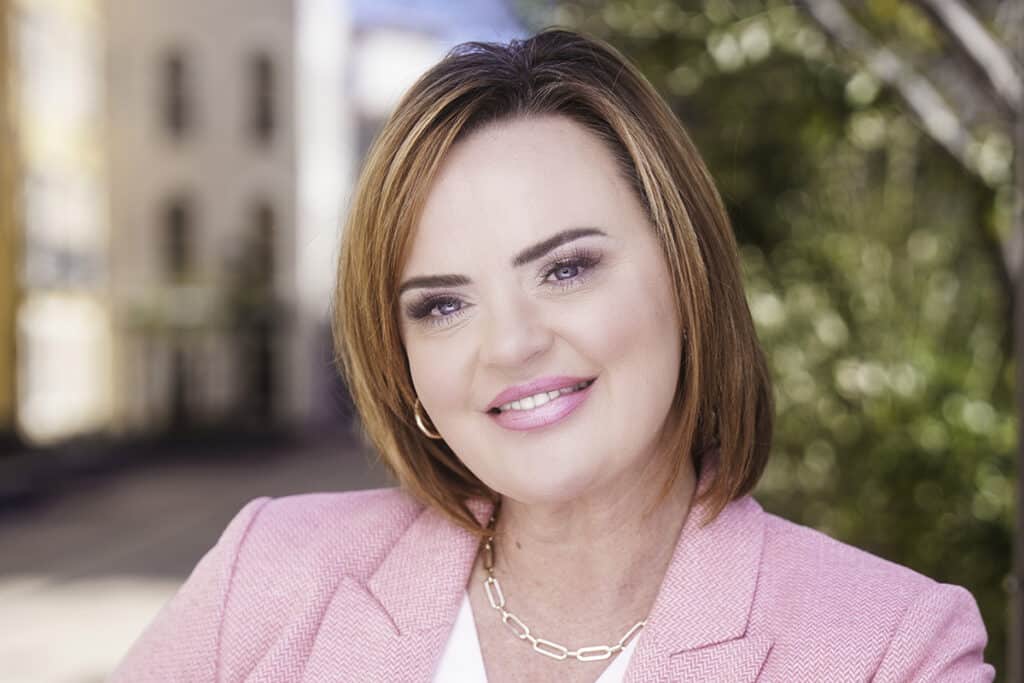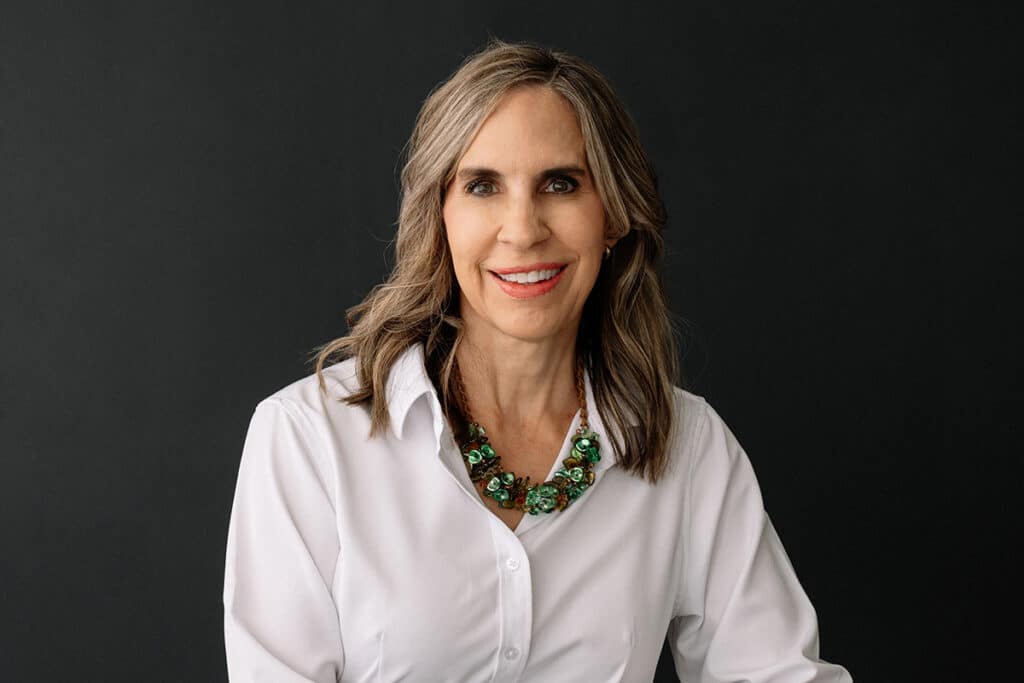Between your mother, friends, TV and the Internet, there are numerous ways misinformation gets passed along. Getting a faulty cookie recipe from the grapevine is one thing, but where your health is concerned, it’s better to get information from a trusted source like the American Cancer Society or your doctor. Such is the case with breast cancer, the second leading cause of cancer death in women, exceeded only by lung cancer. Myths abound about breast cancer. It’s time to dispel them.
Myth: Your risk of getting breast cancer is one in eight.
Reality: A woman’s chance of being diagnosed with breast cancer is about one in 233 when she’s in her 30s and rises to one in eight by the time she’s reached 85. Basically, your risk increases as you get older.
Myth: Antiperspirant causes breast cancer.
Reality: The American Cancer Society says this is simply a rumor, but admits more research is needed. One small study did stumble on traces of parabens in a tiny sample of breast cancer tumors.
Parabens, used as preservatives in some antiperspirants, have weak estrogen-like properties, but the study in question made no cause-and-effect connection between parabens and breast cancer, nor did it conclusively identify the source of the parabens found in tumors.
Myth: Any lump you find in your breast must be cancerous.
Reality: Roughly 80 percent of lumps in women’s breasts are caused by benign (noncancerous) changes, cysts or other conditions. Doctors encourage women to report any changes at all, however, because catching breast cancer early is so beneficial. Your doctor will likely recommend a mammogram and/or ultrasound to determine whether a lump is cancerous. Even if these tests are negative (or if you have dense breast tissue, which can hamper accurate X-ray or ultrasound imaging), you may want to request a breast MRI and have it read by a radiologist who is trained and specializes in breast imaging before a biopsy or further decisions are made.
Myth: Breast cancer is a woman’s disease.
Reality: Men can get breast cancer. In men, breast cancer can happen at any age but is most common in men who are between 60 and 70 years of age. Male breast cancer is not very common. For every 100 cases of breast cancer, fewer than one is in men.
Myth: Wearing an underwire bra can injure your lymph nodes and cause breast cancer.
Reality: Old wives’ tales say underwire bras squeeze the lymphatic system of the breast, causing toxins to accumulate and result in breast cancer. This myth has been widely debunked as unscientific. The type of bra or tightness of your clothing has NO connection to breast cancer risk.
Myth: Exposing a tumor to air during surgery will spread the cancer.
Reality: Scientists have found no evidence that surgery causes breast cancer or makes it spread. However, during surgery your doctor may find out your cancer is more widespread than previously thought. Some animal studies have shown that removing the primary tumor sometimes enables metastatic cancers to grow, but only temporarily; this has not been demonstrated in humans.
Myth: You’re only at risk for breast cancer if it runs in your family.
Reality: More than 70 percent of women diagnosed with breast cancer have no identifiable risk factors for the disease. Breast density is a more significant risk factor than having a first-degree relative (mother/sister) with breast cancer. Women with extremely dense breasts are four to six times more likely to develop the disease, whereas having a first-degree relative doubles your risk.
Myth: If you have breast implants, you’re at risk for breast cancer.
Reality: Women with breast implants are at no greater risk of getting breast cancer, according to research. However, standard mammograms don’t always work as well on these women, especially if they have dense breast tissue. Additional imaging, such as a breast MRI, may be needed to more fully examine breast tissue.
Myth: Women with small breasts won’t get breast cancer.
Reality: There’s no connection between the size of your breasts and your risk of getting breast cancer. Very large breasts and/or dense breasts may be harder to examine or accurately image than small breasts. If you have large breasts or dense breasts (no matter the size), you might request a mammogram AND ultrasound to increase the chance of detecting cancer early. All women, regardless of breast size, should commit to routine screenings and checkups.
Myth: All breast cancer feels like a lump.
Reality: A lump may indicate breast cancer (or one of many benign breast conditions), but women should also be on the alert for other kinds of changes that may be signs of cancer. These include swelling; skin irritation or dimpling; breast or nipple pain; nipple retraction (turning inward); redness, scaliness or thickening of the nipple or breast skin; or a discharge other than breast milk.
Breast cancer can also spread to underarm lymph nodes and cause swelling there before a tumor in the breast is large enough to be felt. On the other hand, a mammogram may pick up breast cancer that has no outward symptoms at all.
Myth: Caffeine causes breast cancer.
Reality: No causal connection has been found between drinking caffeine and getting breast cancer; in fact, some research suggests caffeine may actually lower your risk. So far it’s inconclusive whether breast soreness may be linked to caffeine.
Myth: Overweight women have the same risk of getting breast cancer as other women.
Reality: Being overweight or obese does increase your breast cancer risk, especially if you’re past menopause and/or you gained the weight later in life.
Myth: Women with lumpy breasts are at greater risk for developing breast cancer.
Reality: In the past, women with lumpy, dense, or fibrocystic breasts were believed to be at higher risk of getting breast cancer, but there doesn’t appear to be a connection after all. However, when you have lumpy breasts, it can be trickier to differentiate normal tissue from cancerous tissue, so you may experience false alarms. Women with fibrocystic breasts often follow up their mammograms with an ultrasound. It’s a good idea to ask if the radiologist reading your mammogram is specially trained in reading breast images because it’s a highly specialized field.
Myth: Annual mammograms expose you to too much radiation and aren’t worth the risk.
Reality: While it’s true that radiation is used in mammography, the amount is so small that any associated risks are tiny when compared to the huge preventive benefits reaped from the test. Mammograms can detect lumps well before they can be felt or otherwise noticed, and the earlier that lumps are caught, the better one’s chances for survival. The American Cancer Society recommends women age 40 and older receive a screening mammogram every one to two years; for women at high risk for breast cancer, it recommends adding an annual breast MRI and getting screened annually.
Myth: A negative mammogram means here’s nothing else to worry about.
Reality: Despite their importance for breast cancer screening and diagnosis, mammograms fail to detect around 50 percent of breast cancers. Mammograms are X-rays, and X-rays are not designed to image soft tissue well. This is why clinical breast exams and, to some extent, breast self-exams are crucial pieces of the screening process. Want to increase your chances of detecting cancer earlier? Combine a mammogram with an ultrasound, since they image different tissues. This can raise detection rates to about 75 percent. If you have risk factors or past mammograms indicate you have dense breast tissue, opt for a breast MRI. NOTE: Not all MRI machines are created equal. The Aurora MRI is the only FDA-approved MRI machine specifically designed to image breast tissue.
Myth: Breast cancer is preventable.
Reality: Sadly, this is not the case. However, it is possible to identify risk factors such as family history, inherited gene mutations and dense breast tissue and make lifestyle changes that can lower your risk, such as reducing or eliminating alcohol consumption, losing weight, getting regular exercise and screenings and quitting smoking. More than 70 percent of women diagnosed with breast cancer have no identifiable risk factors, meaning the disease occurs largely by chance and according to as-yet-unexplained factors.
Removing the entire breast is better for survival than lumpectomy and radiation.
Reality: Survival rates are about the same for women who have mastectomies and for women who choose the breast-conserving option of removing only part of the breast and following the surgery with radiation treatments. However, there are some cases when lumpectomy and radiation may not be an appropriate treatment option.




